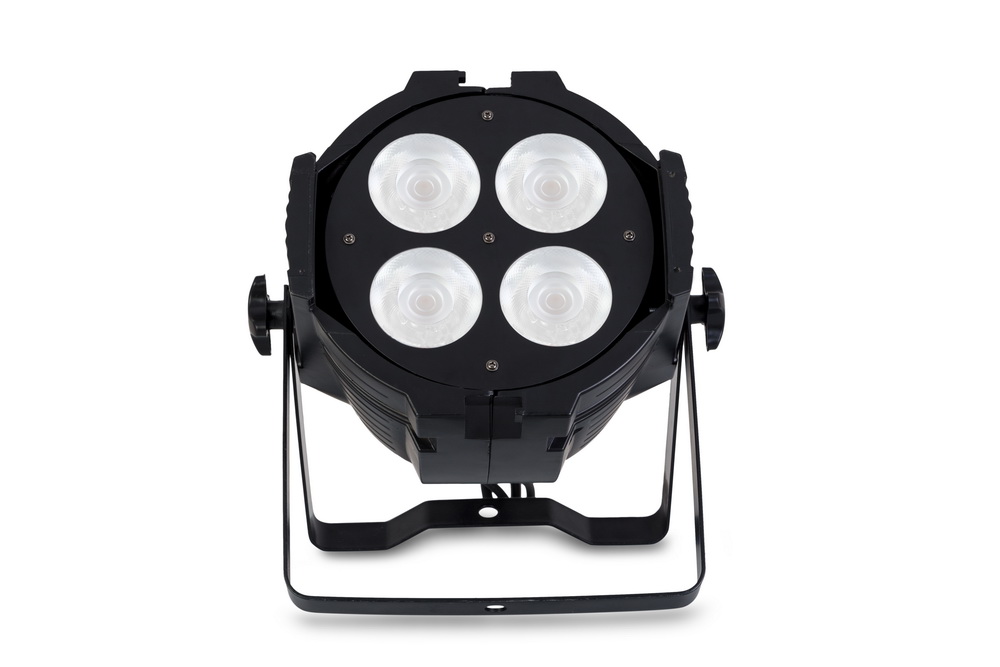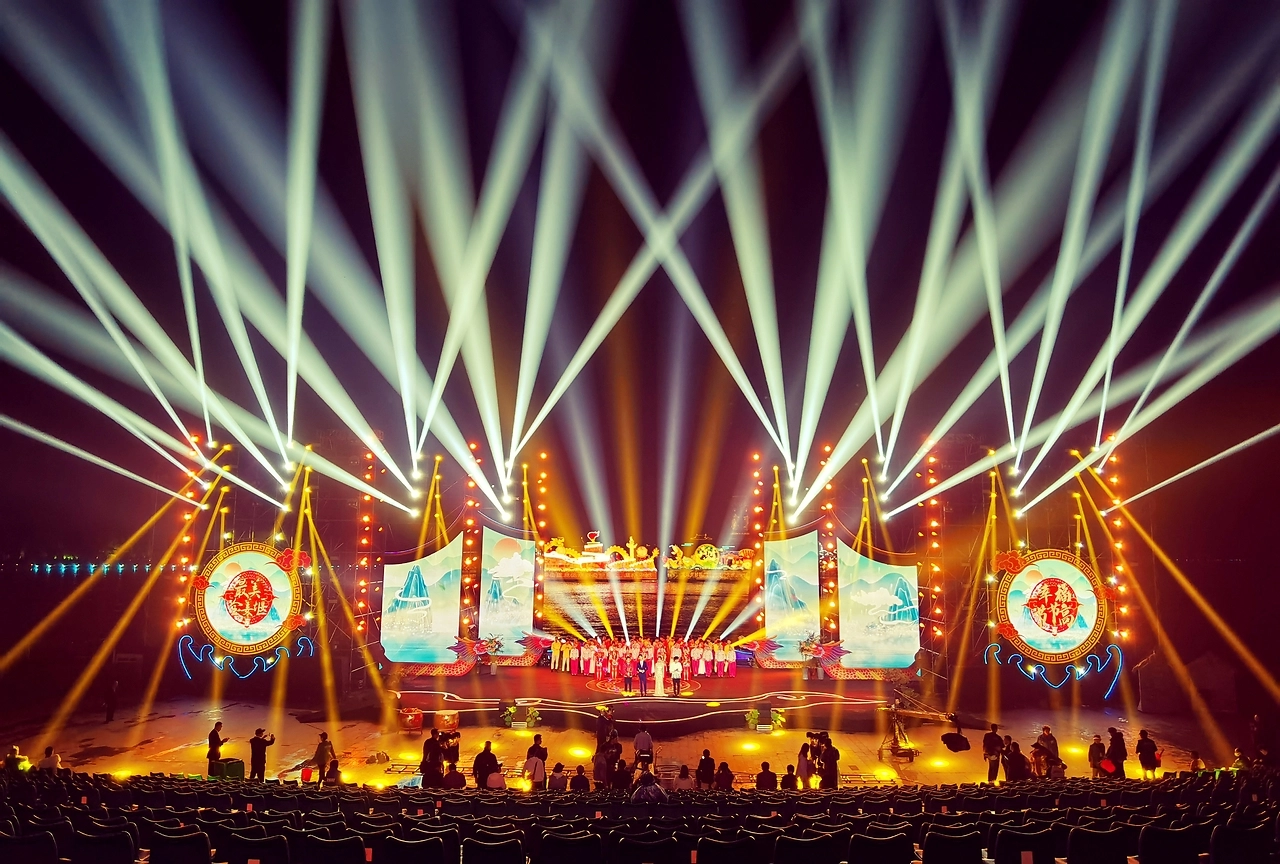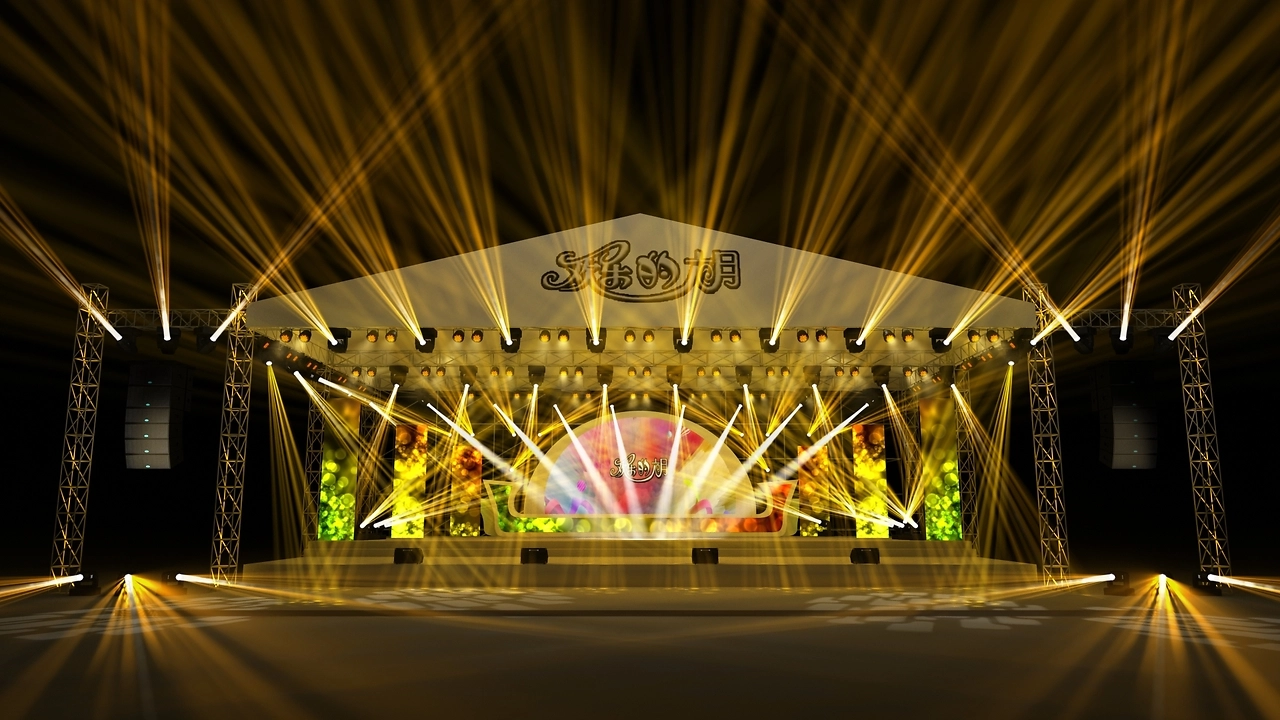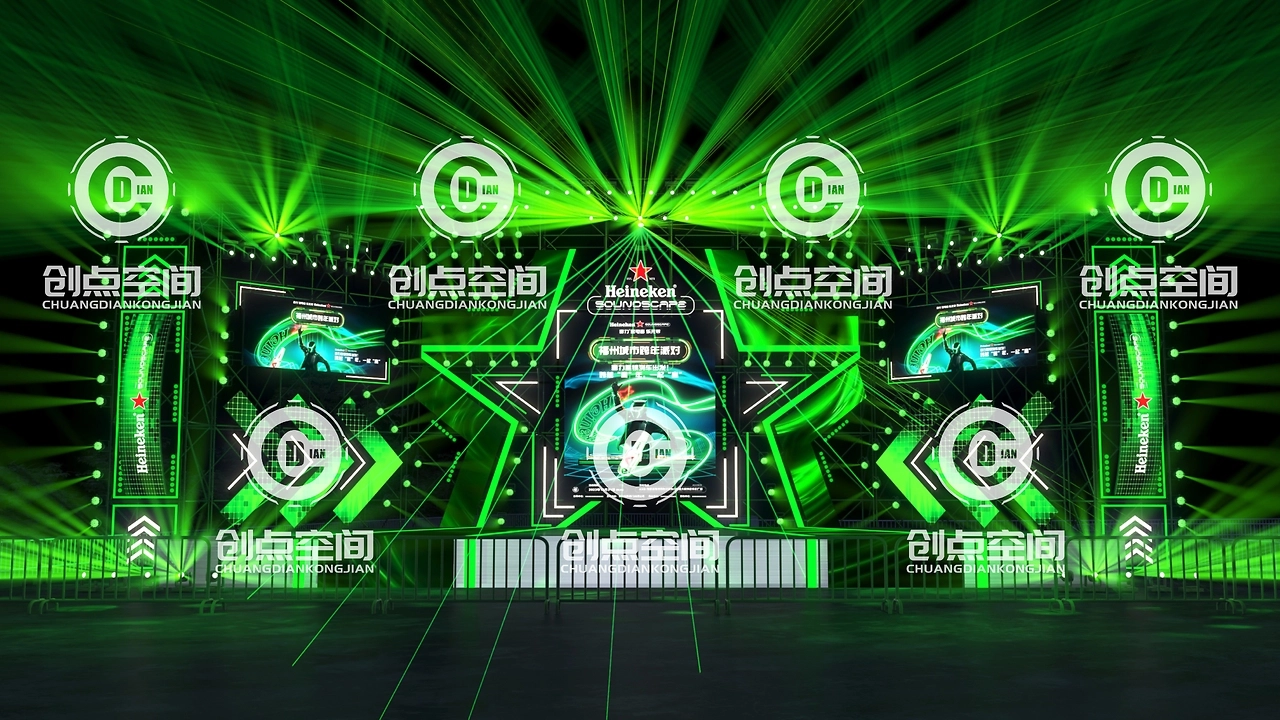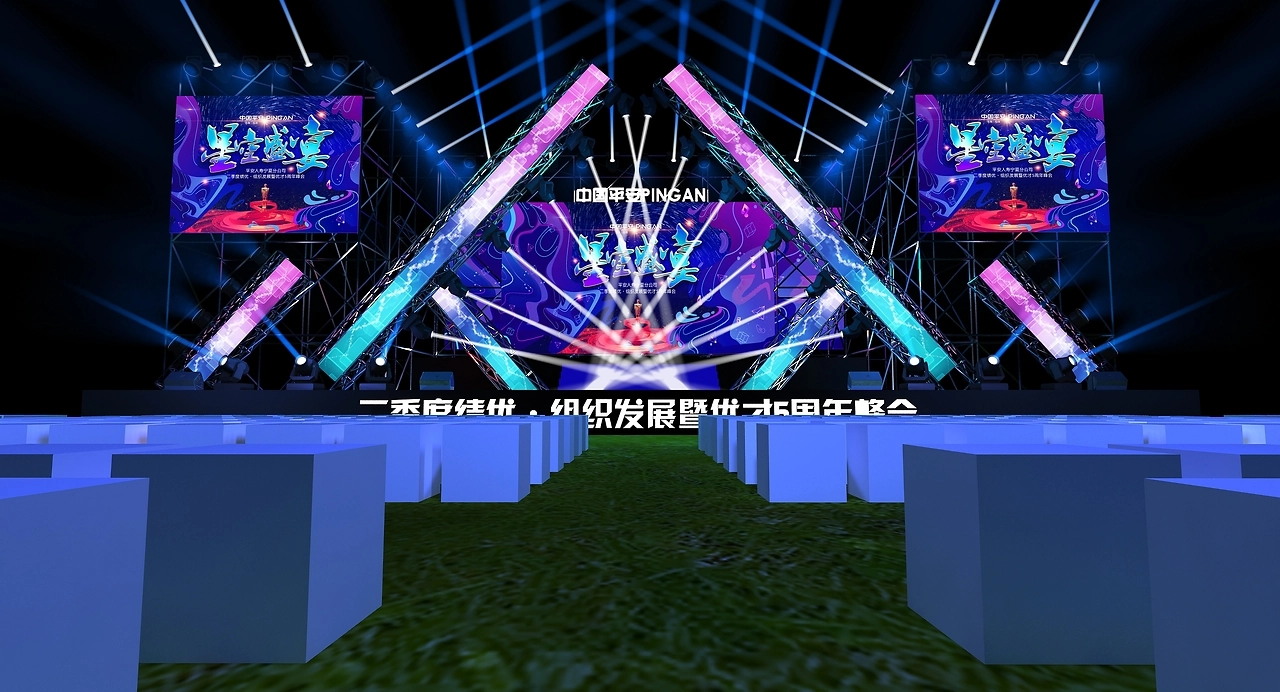Stage lighting, as a unique form of visual art, plays an important role on modern stages. The creation of spatial atmosphere, gorgeous clothing, and diverse character designs all rely on the rendering and depiction of lighting; Similarly, it is precisely because of these that lighting has the space to unleash imagination and the medium to release emotions. As a part of stage integrated art, lighting not only effectively renders dramatic emotions and expresses them, but also has its own soul. Through imagination and conception, it is transformed into a silent artistic language that speaks eloquently and is refreshing.
Starting from the fundamental function of lighting, the expression techniques of lighting in shaping artistic images on stage mainly include the following three aspects: first, the brightness and darkness of lighting, that is, the strength and range of the lighting projection area; The second is the color and pattern of the light, that is, the color of the light and the shape of the light spot; The third is the angle of the lighting, which refers to the installation position and projection angle of the lamps.
By using these lighting techniques reasonably, the goal of depicting the inner world of characters, explaining the time and space of the scene, and rendering the atmosphere can be achieved, thus fully integrating the meaning that the creator wants to express into the artistic image.
Whatsapp:+86 134 1860 8878
The brightness of light and the variation of the performance area
First, let's talk about the brightness of light. As is well known, different intensities of light give different sensations to people. For example, the noon sun gives people a bright and uplifting feeling, while the dusk sun makes people feel dim and depressed. When using lighting, it is necessary to fully utilize the different emotions generated by light in different brightness levels, choose appropriate light and lighting fixtures, in order to better shape artistic images, enhance atmosphere, and express themes.
The visual representation of colors and patterns in light
I may be sensitive to the color of light. Different colors have different emotional expressions, such as red representing heat, golden representing sunshine and hope, blue representing tranquility and sadness, green representing peace, purple representing mystery, etc. Designers can fully utilize the emotional characteristics of these light colors in their use of colors to create an atmosphere, depict the characters' inner selves, and guide the audience's emotions into the plot.
Computer lights are widely used on stage today, and their biggest feature is the ability to project various shapes and virtual and real light spots. Reasonable use of these light spots can effectively assist the stage scene, portraying mottled tree shadows and shimmering lake surfaces, while also using sharp beams to stretch the space and render the atmosphere. This is a technique of using various colors and patterns of light to create different associations and shape characters' inner thoughts and scenes.
Projection angle of light
Whatsapp:+86 134 1860 8878
The appropriate projection angle of light is also crucial, as there is appropriate light and color intensity. The angle of light irradiation will change over time. For example, at dawn and dusk, the angle of light is relatively low and gentle. And the angle of noon light will appear steep and sharp. Therefore, by choosing appropriate lighting fixtures and the angle of light projection, the time and direction represented in the plot can be accurately expressed on stage.
The unique three-dimensional modeling technique of lighting is the prerequisite for the existence of all spaces and characters on stage. In the specific application process of stage lighting, these expression techniques cannot be used in isolation. Several expression techniques are often interdependent and integrated, complementing each other. Only through comprehensive consideration and unified layout can the goal of accurately shaping characters, explaining scenes, and expressing emotions be achieved.
